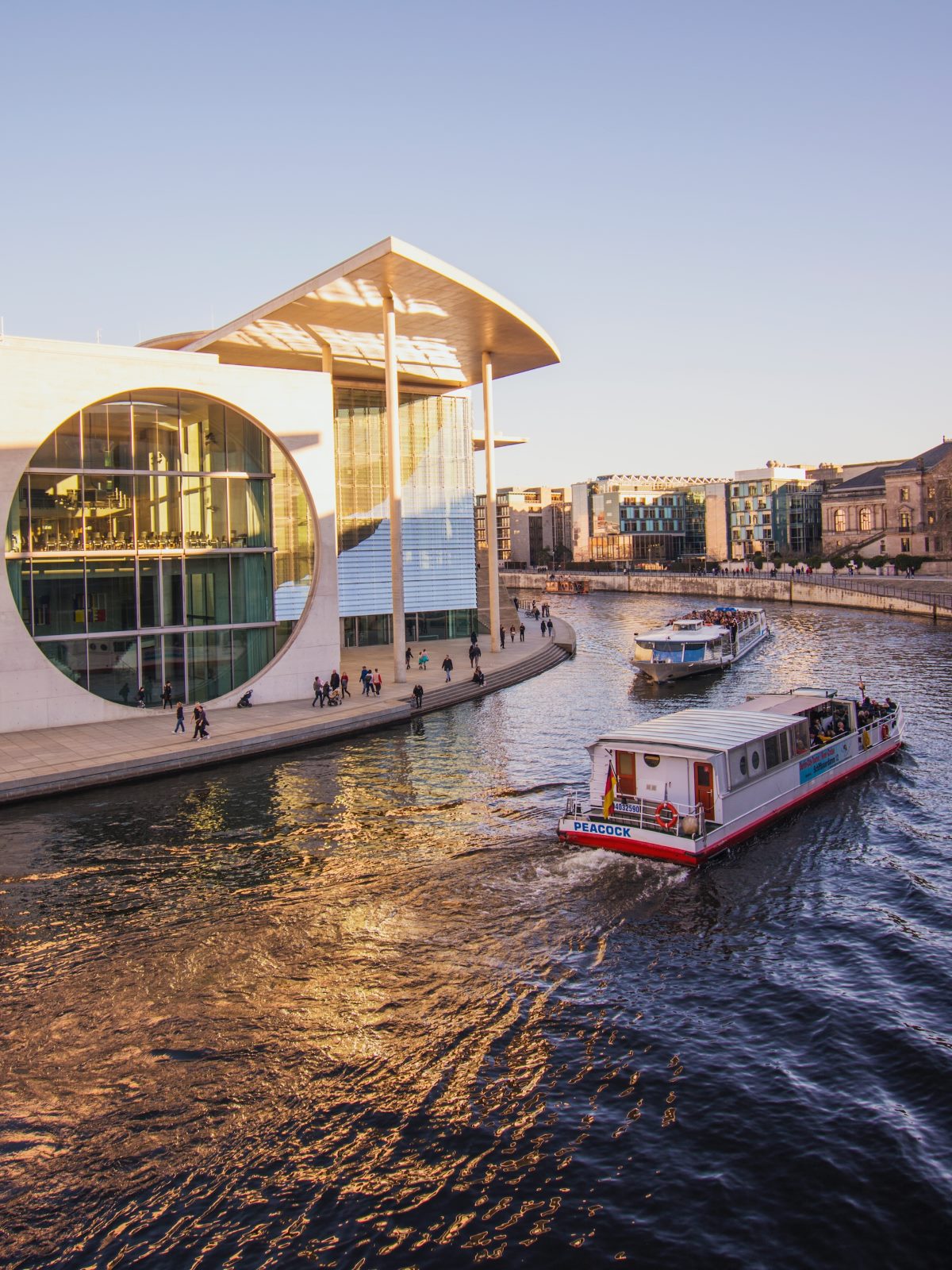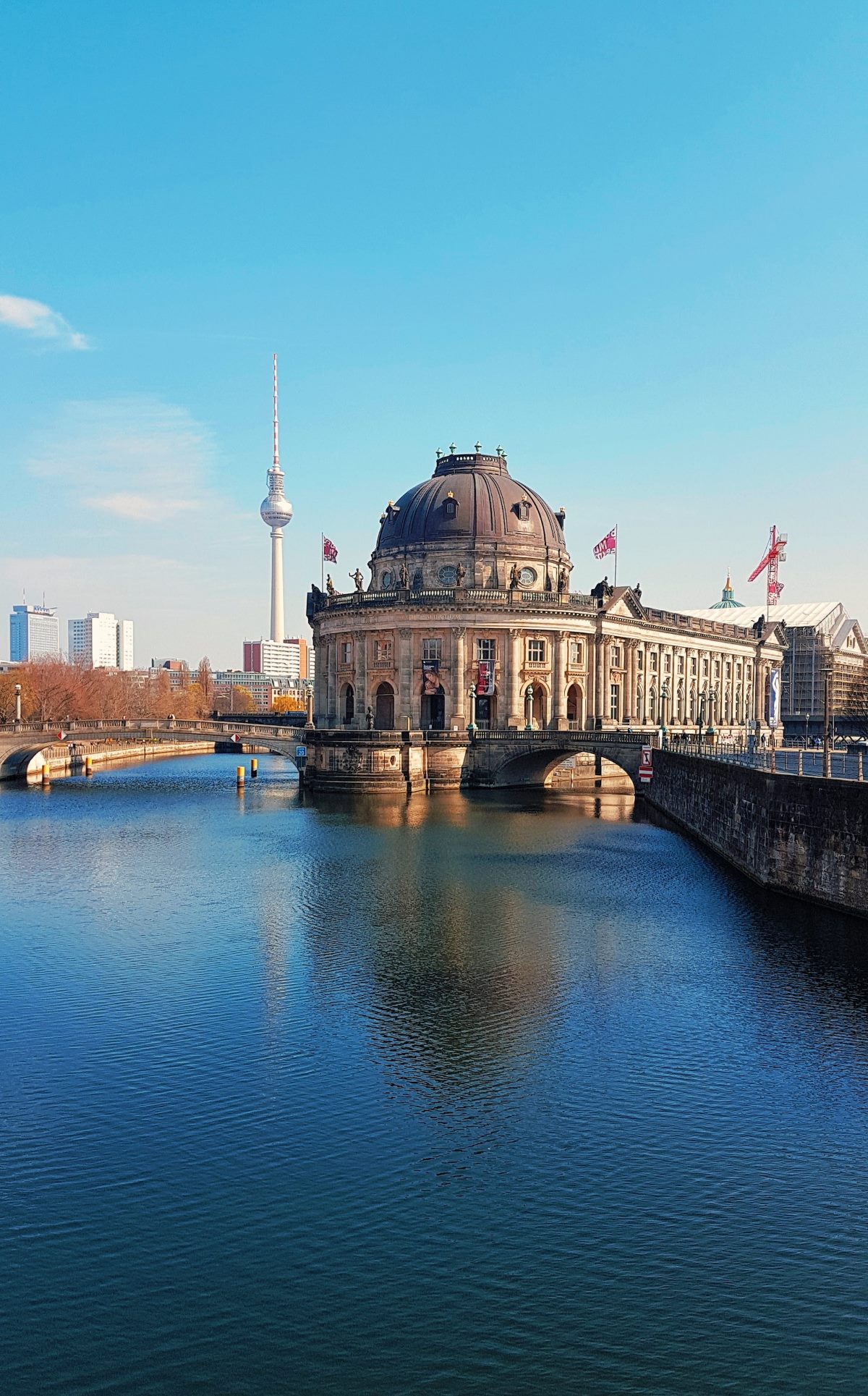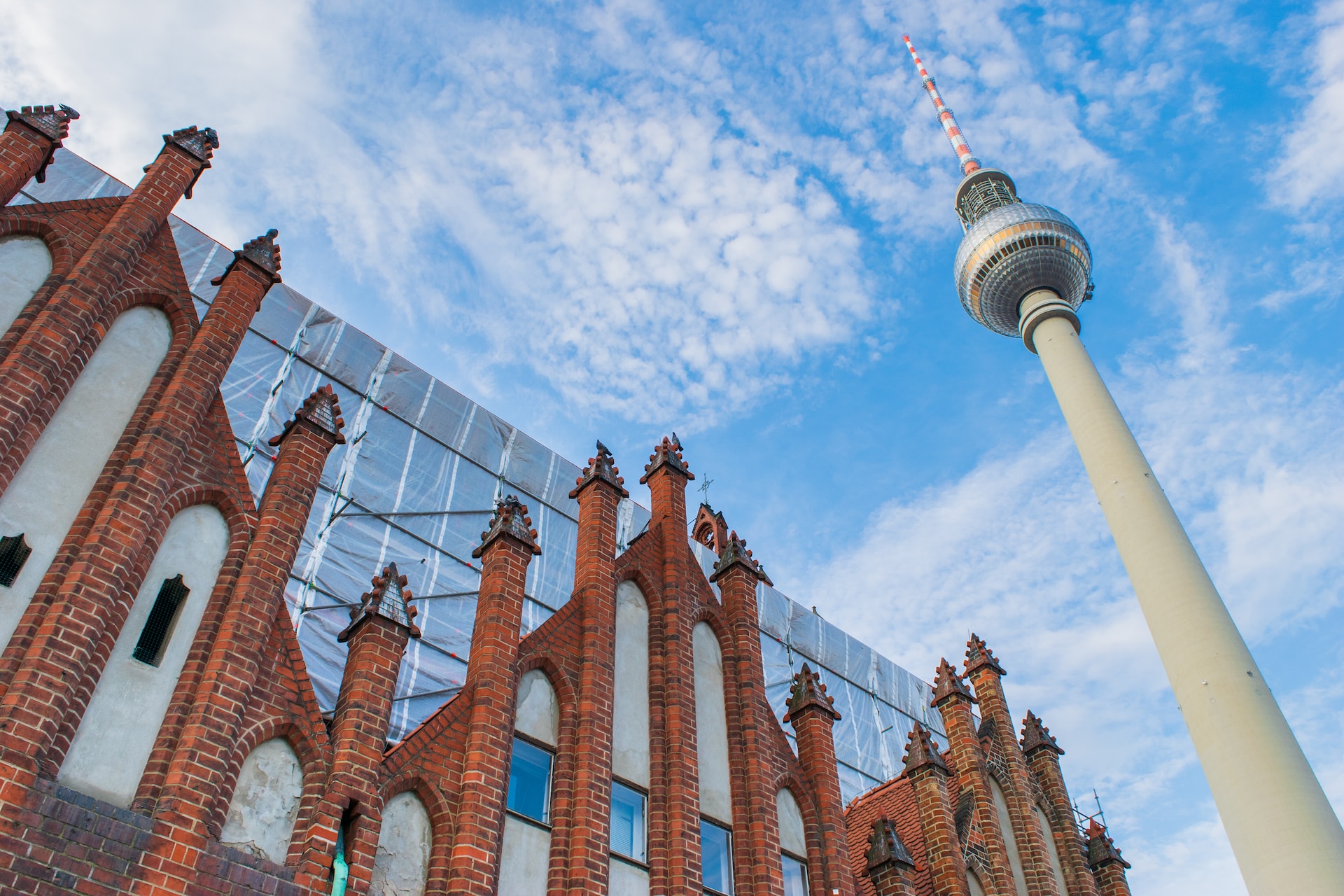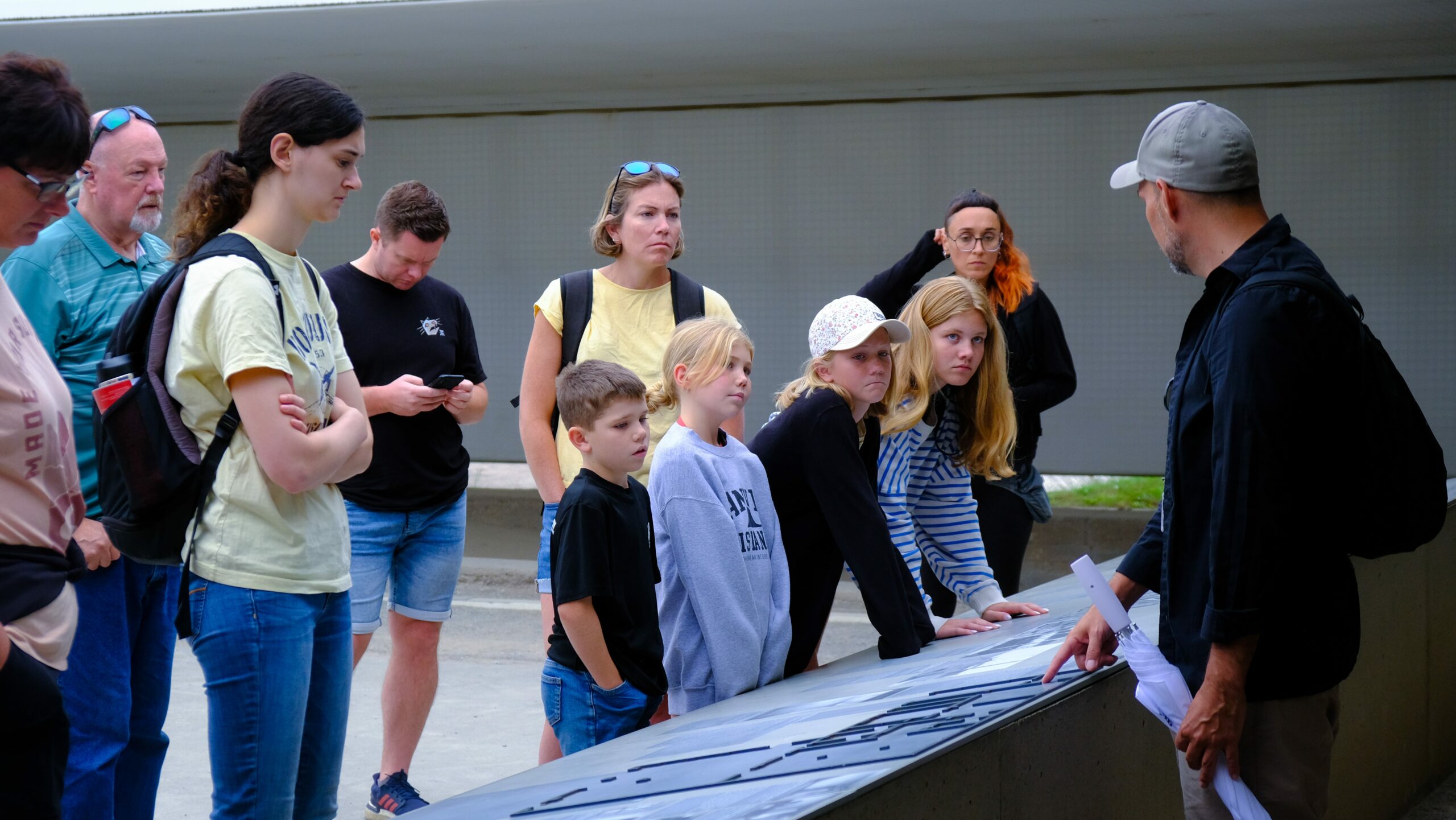For over three decades the Berlin Wall became symbol of division. Understanding the events that caused its downfall, and how big an impact it had on Germany and the world are both important. In the next part, we will survey the most important dates that contributed to the demolition of the Berlin Wall.
The Construction of the Berlin Wall
On August 13, 1961, German Democratic Republic (East Germany) began building the Berlin Wall. The wall’s main function was to forbid the passage from that side of the Wall to this side. However, the East German government asserted the wall was needed to deny West enemies from undermining its socialist regime, and to protect from Western imperialism and fascists.
Barbed wire fencing, concrete barriers, a ‘death strip’ between it and the inner camp and watchtowers were built to prevent escape attempts during construction of the wall. Amongst the families and friends which were separated overnight, the city was divided into two starkly different worlds.
The Iron Curtain Begins to Crumble
In the late 1980s the center of the Berlin division had switched from the Soviet Union to the Soviet Union upon undergo significant changes. Glasnost and perestroika were Mikhail Gorbachev’s reforms geared at making the Soviet system more open and economically structured.
They also had their impact on the Soviet Union’s satellite states, such as East Germany. When people started to demand more freedom and economic prosperity, the Communist government’s control began to weaken.
The Peaceful Revolution
In 1989, East Germany saw the beginning of a period of time referred to as the Peaceful Revolution, also called the Wende. Protests against the government organized in Leipzig and spread to the rest of the country began, demanding reform, freedom of travel and the overthrow of the government. Those who were dissatisfied voiced their feelings and joined the crowd on the streets by no means were people from all walks of life, including students, intellectuals, and workers.
On November 9, 1989, East German government said citizens could pass freely between East and West Germany. There was a flood of thousands of people through the checkpoints and to everyone’s surprise, the border guards didn’t stop them. It became a historic moment, people climbed, danced and celebrated on the Wall, and the chipping away at its concrete a symbol of the completion, the end of the Berlin Wall.
The Reunification of Germany
It was a time of great history until the fall of the Wall in Berlin. That created great changes both in Germany and in the whole of Europe. On 3 October, 1990, East and West Germany were officially reunified becoming a single democratic country.
The process of the reunification was complex, including the mixing of political, legal and economic. The reunion brought hope and opportunities for many, but also challenges. Germany’s eastern part also had trouble adjusting to the market economy and high unemployment.
The Legacy of the Berlin Wall
The Berlin Wall still shapes Germany’s and the world’s history. It reminds people about all that went wrong as a result of the division, and what is at stake in terms of freedom and unity.
Remnants of the wall are still to be seen in Berlin today as a symbol of hope and as a memorial. Visitors receive insight into the division of the towns and the effects it had on the lives of ordinary people by way of museums, memorials, and such educational centers.
Conclusion
Although the fall of the Berlin Wall was a very historically significant event in Germany, it was also a vital event that changed the world. Democracy and people’s will for freedom were triumphant through the reunification of East and West Germany.
The Berlin Wall’s demolition in 1989 was an end to the era of division and oppression. Time goes by and we must not forget the lessons from this time, but it should also become the time to transform a world without walls, and with bridges instead.
Table of Contents




